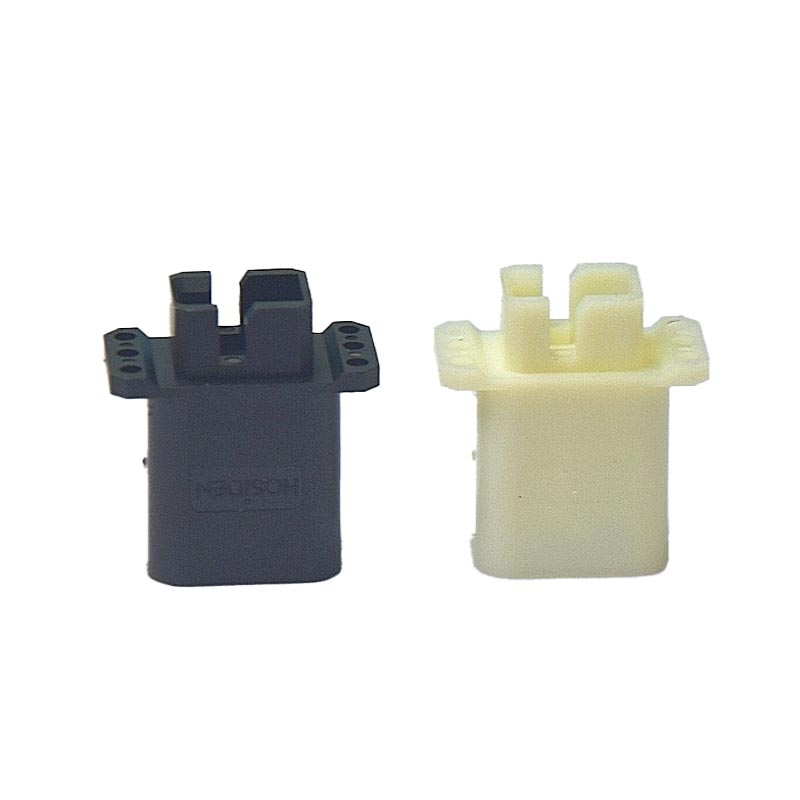Application of Plastic Mold in Building Materials Manufacturing
2025-06-27
The use of plastic molds in building materials manufacturing has revolutionized the construction industry by offering innovative and efficient solutions. Plastic molds are increasingly used for shaping concrete, producing customized architectural features, and enhancing the durability and cost-effectiveness of building materials. This essay explores the application, advantages, and future potential of plastic molds in the production of building materials.
Introduction:
Plastic molding has long been a staple in various manufacturing sectors due to its versatility and cost-effectiveness. In the building materials industry, plastic molds play a crucial role in the production of concrete products, architectural elements, and even decorative features. The ability to create precise, durable, and lightweight structures has made plastic molds an essential tool in modern construction.
Applications of Plastic Molds:
Concrete Products:
Plastic molds are commonly used for producing concrete blocks, pavers, and other precast concrete products. These molds are lightweight yet durable, which allows for easier handling and quicker production cycles compared to traditional metal molds. They also offer flexibility in design, enabling the creation of complex and intricate shapes that are difficult to achieve with other materials.
Architectural Features:
Plastic molds are also employed in the creation of decorative elements such as cornices, columns, and window frames. These molds can replicate historical and contemporary architectural styles, providing cost-effective alternatives to traditional stone or metal features. The ability to produce detailed and intricate designs with ease makes plastic molds ideal for both residential and commercial buildings.

Insulated Concrete Forms (ICFs):
Another significant application of plastic molds is in the production of Insulated Concrete Forms. ICFs are used to create energy-efficient walls by combining an inner layer of concrete with an outer layer of foam insulation. Plastic molds are employed in the production of these forms, which are lightweight, easy to assemble, and highly effective at improving the thermal efficiency of buildings.
Advantages of Plastic Molds:
Cost-Effectiveness:
Plastic molds are generally cheaper to produce and maintain compared to metal molds. Their lightweight nature reduces transportation costs and allows for more efficient production processes.
Customization and Flexibility:
Plastic molds can be easily customized to create a wide variety of shapes and sizes, allowing manufacturers to meet specific architectural demands. This flexibility opens up possibilities for innovative building designs.
Durability and Longevity:
While plastic molds are lightweight, they are designed to withstand the stresses of multiple molding cycles. The materials used in the construction of these molds are resistant to weathering, ensuring that the molds last longer and provide consistent results over time.
Conclusion:
Plastic molds have become indispensable in the building materials manufacturing industry due to their versatility, cost-effectiveness, and ability to produce intricate and durable products. As the construction industry continues to evolve, the demand for plastic molds in the creation of customized, energy-efficient, and innovative building materials is expected to grow. With advancements in plastic technology, these molds will likely play an even larger role in shaping the future of construction.
As a professional manufacturer and supplier, we provide high-quality products. If you are interested in our products or have any questions, please feel free to contact us.